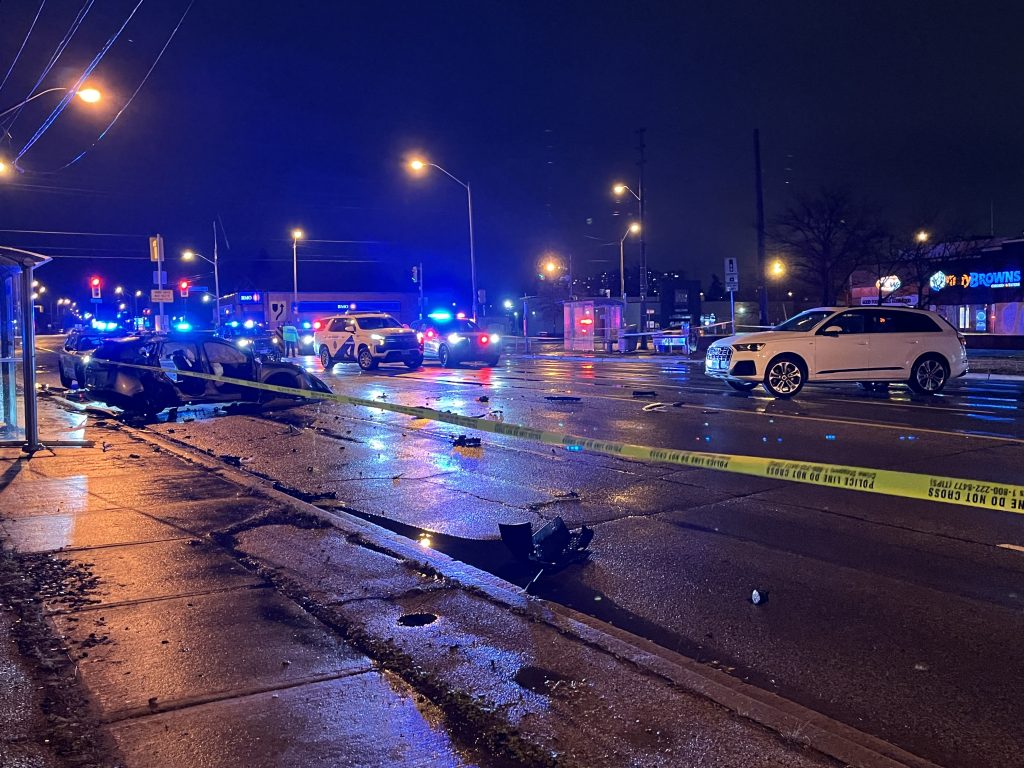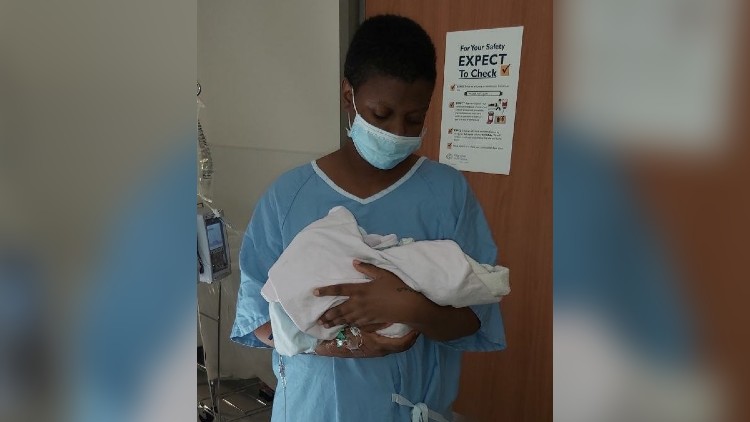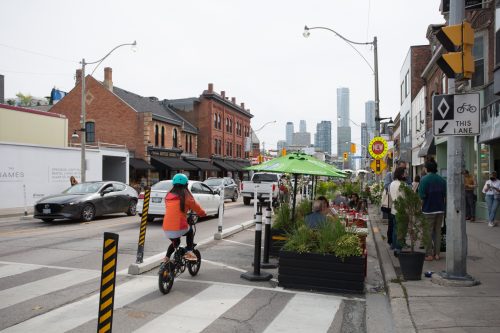Turkey, Syria face lengthy recovery after earthquake causes major damage
Posted February 6, 2023 7:46 pm.
Last Updated February 6, 2023 8:37 pm.
As emergency crews and volunteers in Turkey and Syria race to rescue survivors after a 7.8-magnitude earthquake hit both countries early Monday, experts say the region faces a lengthy recovery fuelled by short-term hurdles.
“It’s a pretty powerful earthquake, and in fact, it’s not only one earthquake, but the second earthquake happened after nine hours … of course, extensive damage to the structures and most likely those structures were not fully reinforced and earthquake-proof,” Dr. Robert Shcherbakov, an associate professor of non-linear geophysics and statistical seismology at Western University.
“Typically, the first day, we expect to have (aftershocks), and this case is a little bit unusual in that on average, we expect the largest aftershock is going to be one magnitude less than the main shock, on average, but this one it’s 7.5 … it’s still weaker, but still a strong event itself.”
Shcherbakov said he’s been studying earthquakes for around 20 years. While we haven’t heard about anything this severe in Turkey and Syria for some time, and even though earthquakes are very difficult to forecast, this type of event wasn’t totally unexpected.
“It’s pretty complicated tectonically,” Shcherbakov said, referring to the region.
“It’s a collision of several plates, so it’s a Eurasian Plate, and then Anatolian Plate and African Plate. Basically, they collide at that area, and so that’s expected to have a really strong earthquake.”
RELATED: Rescuers scramble in Turkey, Syria after earthquake kills 3,400
The earthquake, which was centred on Turkey’s southeastern province of Kahramanmaras, sent residents of Damascus and Beirut rushing into the street and was felt as far away as Cairo.
Tens of thousands who were left homeless in Turkey and Syria faced a night in the cold. In the Turkish city of Gaziantep, a provincial capital about 33 kilometres from the epicentre, people took refuge in shopping malls, stadiums, mosques and community centres.
As of Monday evening, officials reported more than 3,400 deaths and thousands of people are injured. Thousands of buildings have been destroyed.
Shcherbakov said researchers were expecting a large earthquake to happen in the region at some point, given it’s been decades since one this forceful occurred. He said force building over a long period of time ruptured.
“Of course, small earthquakes always constantly happen but not as big of one, and that basically allowed that time to accumulate so-called strain energy between those faults, along those faults,” Shcherbakov said.
He added the relatively shallow depth of the earthquake (believed to be around 18 or 19 km below ground) was also a factor in the damage.
Shcherbakov said older structures that were not earthquake-proofed and parts of Syria impacted by civil war were especially impacted.
“I don’t think that the quality of the construction was to the level just basically to support such a strong earthquake,” he said.
Health care for those impacted in Turkey and Syria needs to be top priority, doctor says
Dr. Anna Banerji, a pediatric infectious diseases physician at the University of Toronto’s Dalla Lanna School of Public Health, said she’s been watching details unfold on Monday about the situation in Turkey and Syria.
As someone who helped in Haiti after a major earthquake in 2010, she said the first step in addressing medical needs is rescuing people trapped and making sure traumatic injuries are tended to.
“Making sure that, you know, the wounds are cleaned, that anyone you can save or any part of the body that you could save — any kind of trauma — you deal with that,” Banerji said.
As the initial phase progresses, she said attention needs to shift to make sure people with chronic conditions are being tended to — especially in areas where health infrastructure is challenged.
“Suddenly, if you don’t have cardiologists, or you don’t have access to a place to deliver babies, or you don’t have dialysis units, or whatever, all of that is being disrupted. So a lot of health issues that are not trauma-related start surfacing at that point,” Banerji said.
RELATED: What to know about the big quake that hit Turkey and Syria
She went on to describe how people can face mental health issues as time goes on and how that requires attention.
“The mental health impact of being in this kind of situation. Is it going to happen again? And for some people, ‘Why did I survive and the rest of my family died?'” Banerji said.
She highlighted how degraded infrastructure will also have an impact on the health of residents. For instance, Banerji said a loss of water and sewer services could cause diseases to spread.
When it comes to the way forward, she said a strong chain of command, coordination and organization will be key to ensuring resources provided by governments and organizations like Red Cross are getting to people efficiently.
“These kinds of things take a lot of time. Buildings are destroyed, sewer systems are destroyed, water, heat, et cetera. So the roads are probably destroyed in many areas. And in Syria as well … in the middle of a civil war, a lot of the infrastructure is already destroyed,” Banerji said.
“They need the resources and manpower so that they can rebuild the infrastructure to prevent disease. Infrastructure, water, sewage, food, shelter — all those things are really important, and that takes time and money.”
Determining scope of disaster, search and rescue top emergency management priorities right now: professor
CityNews spoke with Dr. Jack Rozdilsky, a disaster and emergency management professor at York University, to ask about how authorities in Turkey and Syria can respond to widespread earthquake damage.
He said emergency management professionals are likely still figuring out the full scale of the disaster and what needs to be done. Concurrently, search-and-rescue capabilities will need to be ramped up with thousands of people still trapped in buildings.
“Time is of the essence to rescue these persons,” Rozdilsky said, noting specialized urban search-and-rescue teams from different countries will likely be needed to complement existing efforts.
“These are men and women who respond to the scene in order to provide forms of technical aid, heavy lifting, mass machines, immediate first aid in order to attempt to rescue people.”
Complicating matters, he said, is the current colder winter conditions in the region along with fears of aftershocks that could further affect collapsed structures.
Rozdilsky said a “rapid” international push of assistance is needed by the end of the first week.
“Right now, our major concern is a potential for what’s called a complex humanitarian emergency. [It] has intersecting factors of social factors, health factors, economic factors, and political aspects of this crisis, which all combine together to make for complicated situations to manage the disaster after the disaster,” he said, adding medical, health and economic forms of aid will be needed.
“Local agencies and local disaster workers are right now being overwhelmed with the scope of this large crisis at hand.”
Meanwhile, Rozdilsky said despite all the challenges, he’s hoping a push to make newer structures in Turkey earthquake-proof after a 1999 earthquake saw around 17,000 people die will have prevented a further loss of life today. He also said he hopes there can be lessons learned from examples of things working right in terms of response that can be adopted in other regions at risk.
With files from The Associated Press








